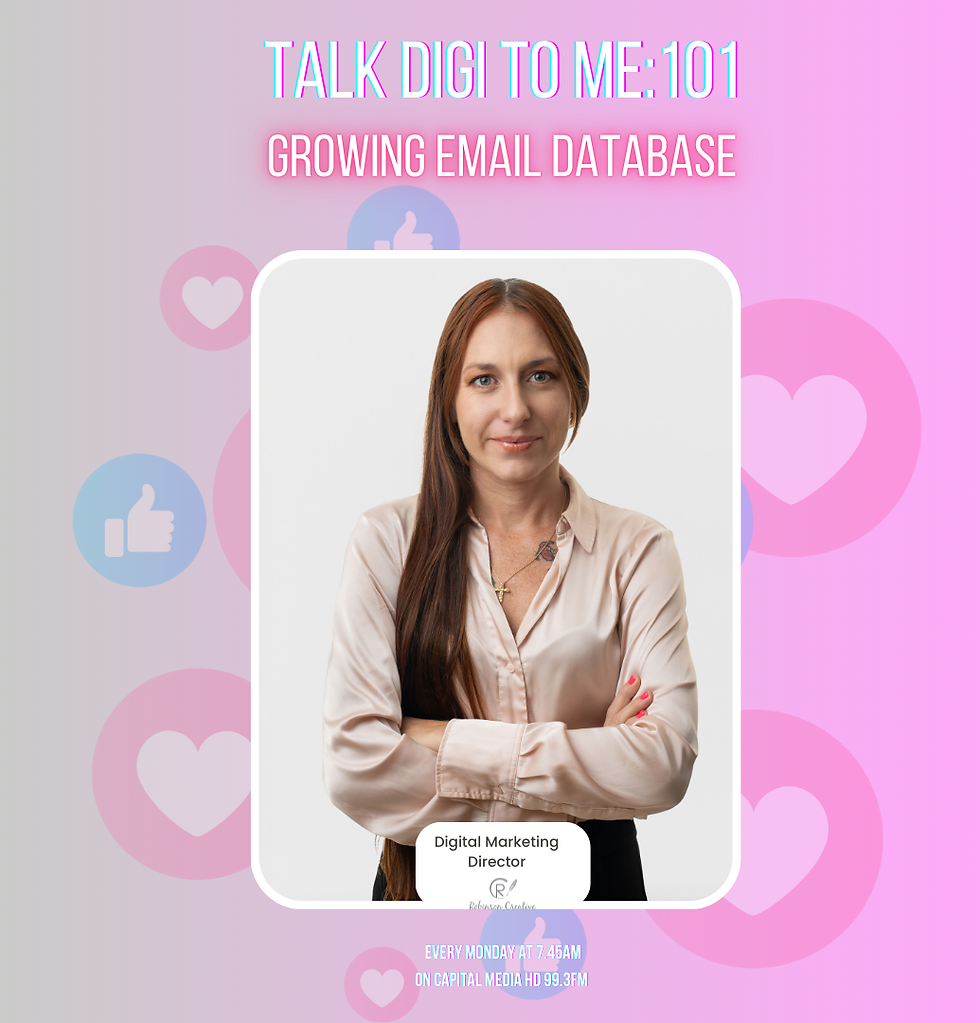Good Content Strategy Is Like A Good Training Cycle
- Carlie Pipe
- Apr 15, 2019
- 4 min read
As a runner, I have long-term goals. Times I want to hit. Personal Records. National records.
In order to make those long-term goals, I have to focus on the short term of weekly plans which provide me the right variety of workouts right now to become faster six months from now.
You will not see the returns this week. Or next month. Those come after putting in some time.
Developing a strong running program is like developing strong content strategy for your business.
Here’s why:
Putting the initial framework in place for your content strategy means long-term planning.
Like National or Personal Records, you have to identify the long-term business goals you want to achieve from your content strategy, which could include any of these:
· Awareness of your brand or product suite
· Leads or qualified leads for the sales force
· Positioning your brand’s personality (are you an industry expert or a helpful friend?)
· Taking the temperature in the market before launching a new product
· Building a community relative to your product or service
· Engagement with your audience
· Driving traffic in store/in branch/into your inbox
· Educating and informing your audience about a product or service which may be new to the market
· Showcasing your product’s unique features
· Or to simply stay top of mind
With these established, you can move on to planning your content.
Running a good content strategy requires two important components: short term adjustments; and a good mix of formats.
Short Term Adjustments
With your long-terms goals in place as a framework, you now need to focus on short term content creation and curation. I usually write content calendars that are two or three weeks long. That’s it. Unless you’re dealing with a diverse product suite, I find shorter cycles keep the content-and your perspective-fresher.
You also have to pay attention to the spontaneity of content. If you wake up and find something suddenly trending-you may have to hop on the trendwagon for a day. If news breaks about technology or legislation in your industry, as a thought leader you have to have your say about it right now.
Finally, though your long-term goals will be generally consistent, you need to adjust your content strategy more frequently. This is where measuring your efforts becomes important. It tells you what’s doing well, and what isn’t, so you can make informed decisions about what to include or drop from your strategy. If you find that your audience just loves sharing news articles, you’ll need to weave them in more often. If you find that your great animated explainer videos are actually underperforming, rather than turn a blind eye you’ll need to adjust your sails. If your new podcast really caught on, produce another season. If your blogs aren’t helping you generate leads but your shorter Top 5 lists are, adjust and capture the momentum.
Mixing Formats
To improve at long distance running, I vary my training program. Different types of workouts produce different results. Different content formats…you guessed it…produce different results.
For example, if you were a runner, on Mondays you might want to do hard sprints that increase your leg turnover, and make you comfortable with running at faster pace, which in turn brings down your average overall pace.
Wednesdays could be tempo day. A continuous run that helps you push through bad patches and improve your lactate threshold and overall performance.
Saturdays you might want your long easy run to condition you to become comfortable hitting your target distance and help you prepare for the mental aspect of running long distance.
Each of these workouts conditions you in a different way yet combined they drive you to your long-term goals.
Good content strategy is the same.
Long form blogs and editorials can show you really know what you’re talking about and position you as a thought leader.
Short lists or posts are easy to read, shareable, and may work for engagement.
Audio, like interview style podcasts, can help you provide value to the community you’ve built around your brand.
Video can show the lifestyle aspect of your product, demonstrate its use, or explain your service.
Animation can show off your brand personality.
Infographics will help you explain a comprehensive task you need your users to take, share facts with the community you’ve created, or even make stats about your company digestible for your internal audience.
If you only ran hard sprints, you would lose all your stamina and endurance. If you only ran long, easy runs, you wouldn’t get any faster. You’ll plateau, and it’s the same for your content.
All these pieces of content look different and accomplish different goals. Some educate better than they engage. Some are better at positioning your brand personality, some help you show your expertise as an industry leader. Sometimes you just want to sell, sometimes you want to capture email addresses and sometimes you want to start a conversation in your inbox. Hey, some days all you want is to show your audience you’re still right here.
So, if you want strong content strategy, you’ll need to establish your long-term goals, mix formats into your content strategy, continuously adjust, and always keep your eyes on the prize way ahead.
Ain’t no better feeling than finishing with a win!
If you enjoyed this, you may also like my post on Content Strategy.
Comments, questions, critiques - email carlie.ester@gmail.com




Comments